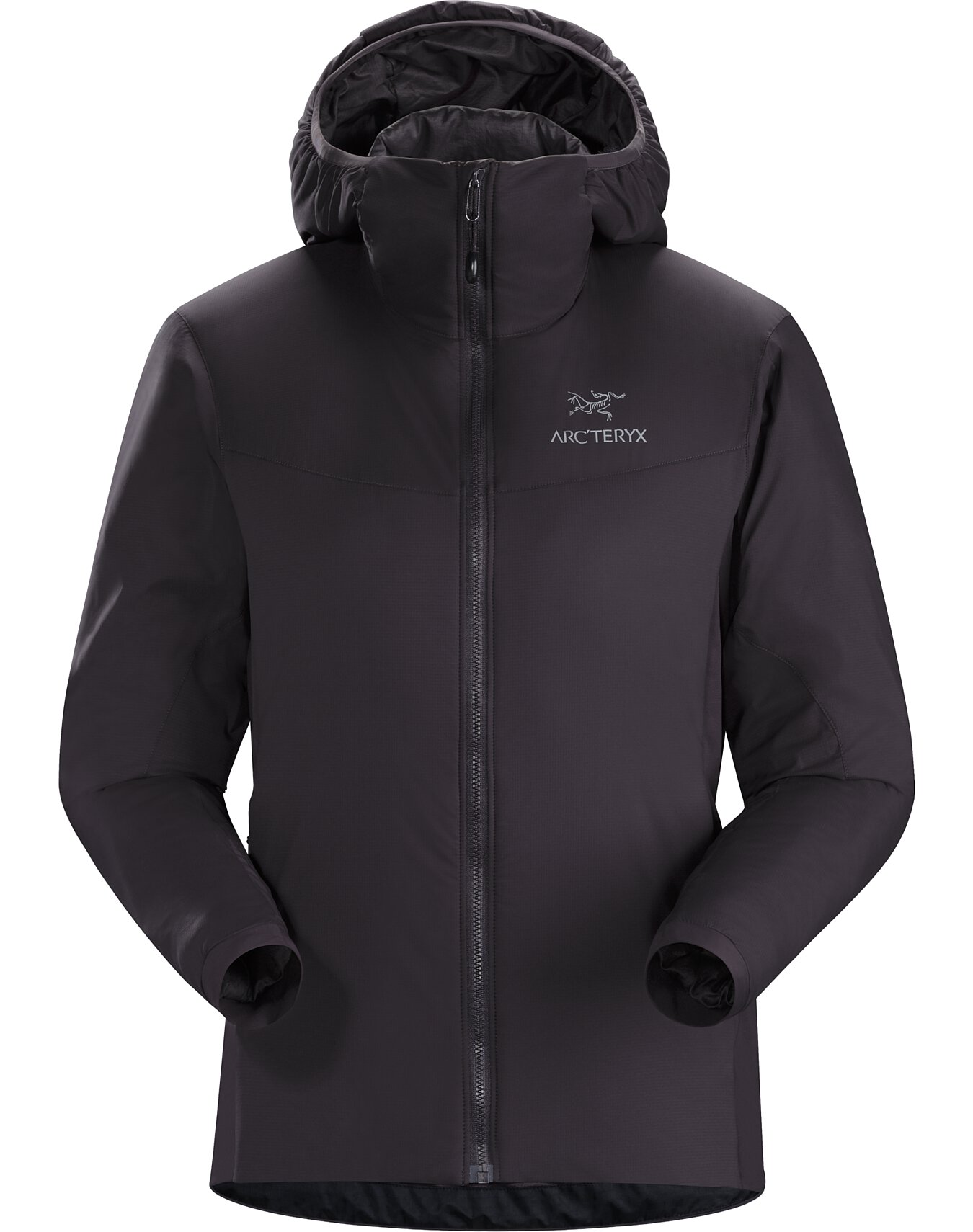
You should be able to fit a base layer and/or a fleece layer underneath and a shell on top. Weight: Under 16 ounces Fit: A medium fit is your best bet for this layer. Specs to Look For in the Best Synthetic Jackets for Thru-Hiking However, loft tends to diminish more rapidly over time because it is also less durable than continuous filament.

It is initially loftier and more compressible than continuous filament. It doesn’t clump or migrate readily, is relatively compressible, and has enduring loft.įinally, short-staple insulation consists of a lot of short, interlocking fibers. Continuous filament is the most durable type of insulation. You’ve got three options: blown-in, continuous filament, and short-staple.īlown-in insulation, like PrimaLoft Thermoplume, is featherlike and feels most similar to authentic down but generally is less durable and not as warm when wet compared to the competition.Ĭontinuous filament insulation, like Climashield Apex, consists of a single long, continuous fiber coiled over on itself. Best Synthetic Jackets for Thru-Hiking: Quick NavigationĮnlightened Equipment Torrid Apex Jacket | Best Overall Patagonia Micro Puff | Best Patagonia Synthetic Jacket Arc’teryx Atom LT | Most Durable Decathlon Forclaz Trek 100 | Best Budget Patagonia Nano-Air | Best Active Layer Rab Xenon | Most Wind-Resistant Arc’teryx Proton LT | Most Breathable Patagonia Nano Puff | Most Sustainable Montbell Thermawrap | Best Fully-Featured Ultralight Types of Synthetic Insulation Many models are built with breathable, wicking materials in the face fabric, lining, and insulation, allowing the wearer to use it as a breathable mid-layer without drowning in a puddle of sweat and decimating the insulating properties. Unlike down puffies, you can wear the best synthetic backpacking jackets both on-trail and in camp. Since synthetics are a lot more affordable and maintain insulating properties even when wet, they become more appealing with each passing year.

As synthetic technologies become more eco-friendly and improve their warmth-to-weight ratio, the performance gap between down and synthetic will continue to shrink.

While down insulation still owns the field for thru-hiking jackets, synthetic-filled layers are making a dent in the category.


 0 kommentar(er)
0 kommentar(er)
